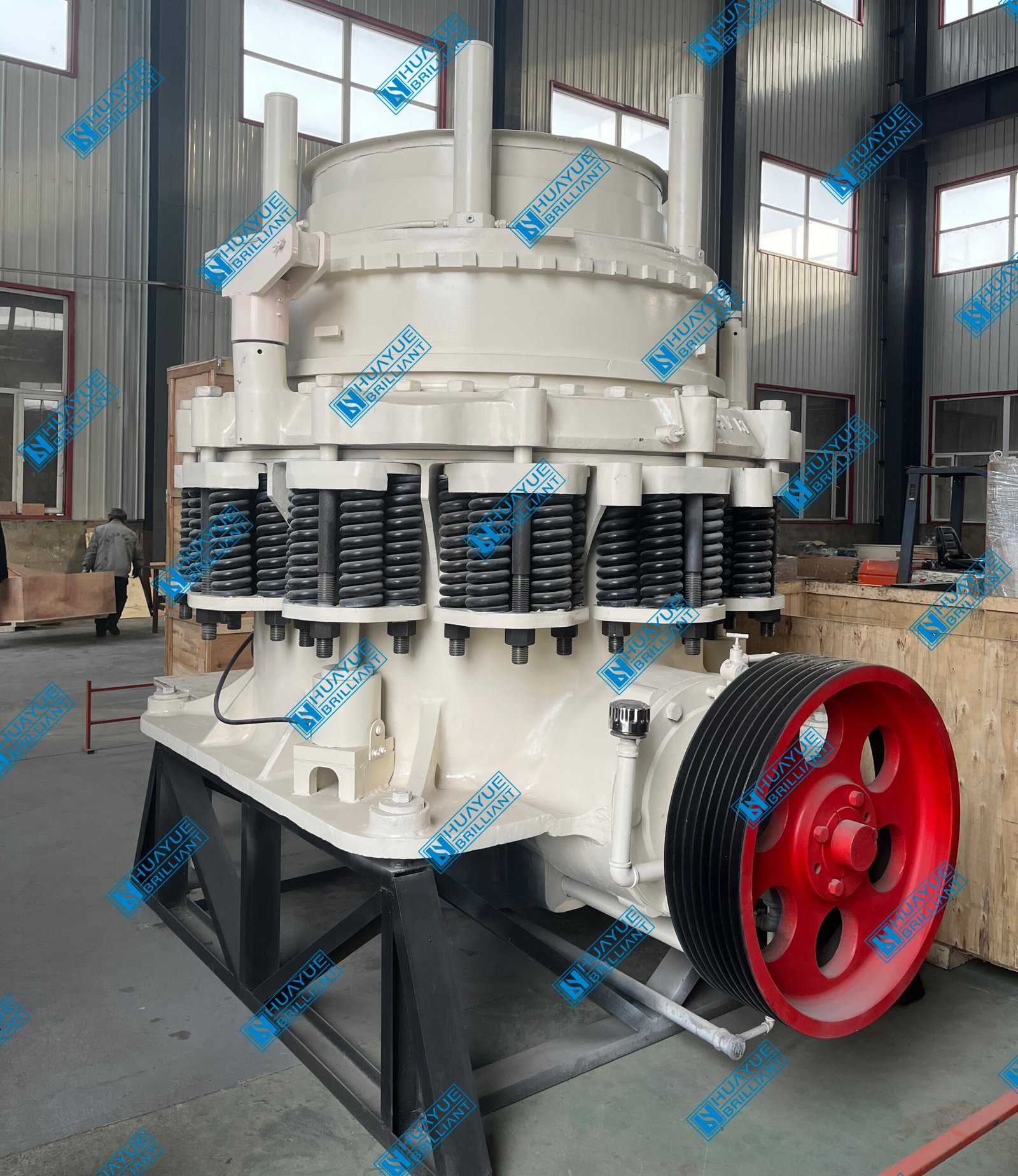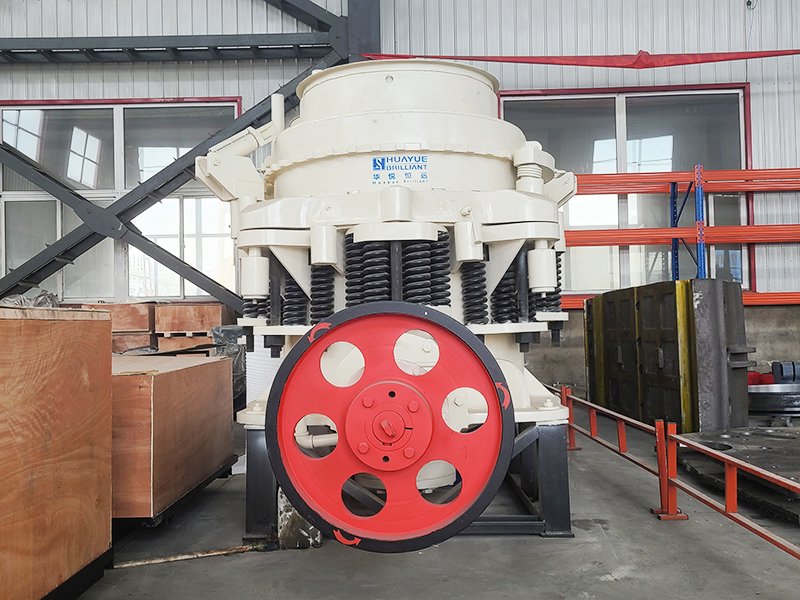Cone crushers are pivotal in the mining, construction, and recycling industries, serving as essential machinery for crushing various types of materials. Their ability to produce finely crushed products with a consistent size makes them a popular choice among operators. Understanding the intricate workings of a cone crusher is vital for optimizing its use and ensuring efficient operations across different applications. This essay delves into the design, components, operational principles, advantages, and applications of cone crushers.

Design and Components
A cone crusher is primarily composed of several key components that work in unison to facilitate the crushing process. The main parts include:
Cone (Mantle):
The cone, or mantle, is the moving part of the crusher that oscillates within the bowl. Its shape is designed to allow for efficient crushing through a combination of compression and shear forces.
Bowl liner (Concave):
The bowl liner, or concave, is the stationary part that surrounds the cone. It has a contoured surface that matches the shape of the cone, creating a crushing chamber where the material is processed.
Frame:
The frame provides structural support to the entire assembly. It is typically made of high-strength steel to withstand the forces generated during operation.
Drive Mechanism:
The drive mechanism, usually powered by an electric motor, rotates the cone around its axis. This rotation is crucial for the crushing action, as it allows the cone to move closer to and further away from the bowl.
Hydraulic System:
Many modern cone crushers incorporate a hydraulic system that facilitates adjustments to the gap between the cone and the bowl. This feature allows operators to control the size of the output material easily.
Feed Hopper:
The feed hopper is where the material enters the crusher. It is designed to accommodate various sizes and types of material, ensuring a smooth flow into the crushing chamber.
The Crushing Process
The operation of a cone crusher can be broken down into several stages:
Feeding:
Material is introduced into the crusher through the feed hopper. The size and type of material can vary, but it should be within the crusher’s specifications to ensure optimal performance.
Crushing:
As the cone rotates, it moves downward, compressing the material against the bowl. This action generates a combination of compressive and shear forces, effectively breaking the material into smaller pieces. The design of the cone and bowl allows for a more efficient crushing process compared to other types of crushers, such as jaw crushers.
Discharge:
Once the material has been sufficiently crushed, it falls through the gap between the cone and the bowl. The size of the output material can be adjusted by changing the gap, allowing for a range of product sizes. This adjustability is a significant advantage, as it enables operators to fine-tune the crusher’s performance based on specific requirements.
Recirculation:
In some cases, the output material may not meet the desired specifications and can be fed back into the crusher for further processing. This recirculation helps maximize efficiency and ensures that the final product meets quality standards.
Advantages of Cone Crushers
Cone crushers offer several advantages that make them a preferred choice in many industries:
Versatility:
Cone crushers can handle a wide variety of materials, including hard and abrasive substances. This versatility makes them suitable for various applications, from mining to construction and recycling.
High Throughput:
These crushers are designed to process large volumes of material quickly, leading to increased productivity. Their efficient crushing capabilities often result in reduced operational costs.
Adjustable Output Size:
The ability to easily adjust the size of the output material is a significant advantage. Operators can quickly change the gap between the cone and the bowl to produce the desired product size, enhancing flexibility in operations.
Durability and Reliability:
Cone crushers are built to withstand the rigors of heavy-duty operations. Their robust construction ensures longevity, making them a reliable investment for businesses.
Ease of Maintenance:
Many modern cone crushers are equipped with hydraulic systems that facilitate adjustments and repairs, minimizing downtime. Regular maintenance can be performed with ease, ensuring that the crusher operates at peak performance.
Applications of Cone Crushers
Cone crushers are widely used in various industries for a multitude of applications:
Mining:
In the mining sector, cone crushers are primarily used for secondary and tertiary crushing. They efficiently break down ore into smaller particles, making it easier to extract valuable minerals.
Construction:
In construction, cone crushers are used to produce aggregate materials for concrete and asphalt. Their ability to produce consistently sized materials is crucial for ensuring the quality of construction projects.
Recycling:
Cone crushers play a vital role in recycling operations by efficiently crushing concrete, asphalt, and other materials. This process not only reduces waste but also allows for the recovery of valuable resources.
Quarrying:
In quarrying operations, cone crushers are employed to produce high-quality stone products. Their versatility allows them to handle various types of rock, making them ideal for producing aggregates for road and building construction.
Conclusion
In summary, cone crushers are essential machines in the mining, construction, and recycling industries. Their unique design and operational efficiency make them ideal for handling a wide range of materials. By understanding how a cone crusher works, operators can optimize its performance, ensuring high productivity and quality output. Whether in mining, construction, or recycling, the cone crusher remains a cornerstone of material processing, contributing to the success of numerous projects worldwide. As technology continues to advance, the efficiency and capabilities of cone crushers are expected to improve, further solidifying their role in the industry.

